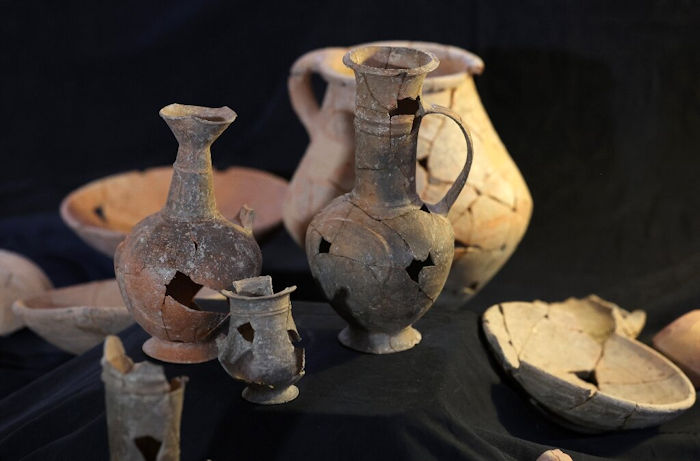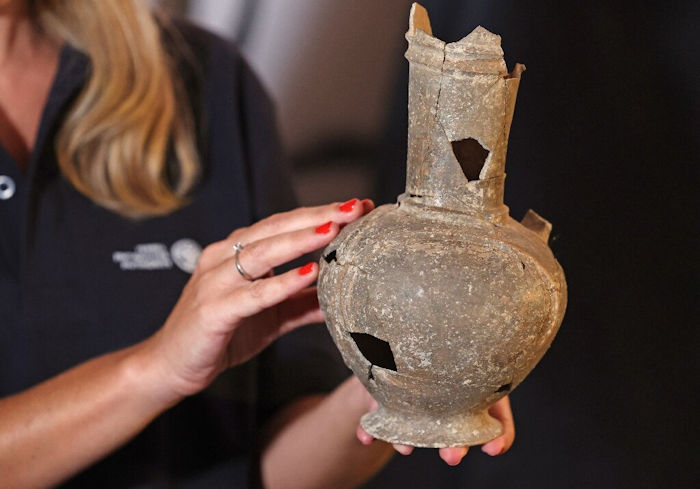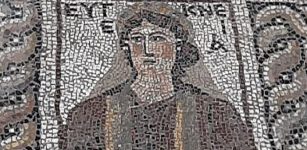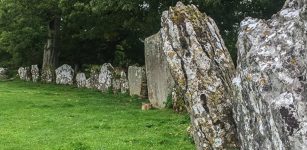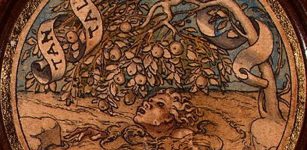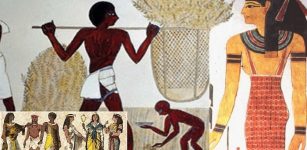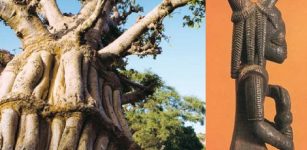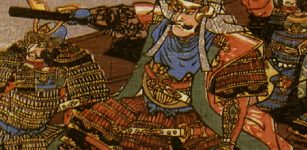Opium Residue Discovered In 3,500-Year-Old Pottery Offers Evidence The Drug Was Used In Ancient Burial Rituals
Conny Waters - AncientPages.com - Archaeologists have once again found people have used evidence opium for thousands of years. While examining several Late Bronze Age graves in the central Israeli town of Yehud, archaeologists found 3,500-year-old pottery containing opium residue.
According to researchers, this discovery supports the theory that the hallucinogenic drug was used in ancient burial rituals.
Researchers found pottery vessels that resembled poppy flowers, from which opium is derived. Credit: Israel Antiquities Authority
As reported by Agence France-Presse (AFP) scientists "found pottery vessels at the site that resembled poppy flowers—from which opium is derived—dating back to the 14th century BC.
They then examined whether they had served as containers for the drug, which earlier writing had suggested was used in burial rituals in Canaan, and found "opium residue in eight vessels", the researchers said in a statement.
These were likely "placed in graves for ceremonial meals, rites and rituals performed by the living for their deceased family members", said Ron Be'eri, an archaeologist with the antiquities authority.
But he acknowledged that much remained unknown about its use in ancient times. "We can only speculate what was done with opium," he said.
Previous studies show opium has been used for a number of purposes by our ancestors.
"Opium has been known for millennia to relieve pain and its use for surgical analgesia has been recorded for several centuries. The Sumerian clay tablet (about 2100 BC) is considered to be the world's oldest recorded list of medical prescriptions. It is believed by some scholars that the opium poppy is referred to on the tablet." 1
Much remains unknown about the use of opium in ancient times. Credit: Israel Antiquities Authority
"The earliest reference to opium growth and use is in 3,400 B.C. when the opium poppy was cultivated in lower Mesopotamia (Southwest Asia). The Sumerians referred to it as Hul Gil, the "joy plant." The Sumerians soon passed it on to the Assyrians, who in turn passed it on to the Egyptians. As people learned of the power of opium, demand for it increased. Many countries began to grow and process opium to expand its availability and to decrease its cost." 2
"Some objects from the ancient Greek Minoan culture may also suggest the knowledge of the poppy. A goddess from about 1500 BC shows her hair adorned probably with poppy-capsules and her closed eyes disclose sedation. Also juglets probably imitating the poppy-capsules were found in that period in both Cyprus and Egypt.
The first authentic reference to the milky juice of the poppy we find by Theophrastus at the beginning of the third century BC. In the first century the opium poppy and opium was known by Dioscorides, Pliny and Celsus and later on by Galen. Celsus suggests the use of opium before surgery and Dioscorides recommended patients should take mandrake (contains scopolamine and atropine) mixed with wine, before limb amputation.
The Arabic physicians used opium very extensively and about 1000 AD it was recommended by Avicenna especially in diarrhoea and diseases of the eye. Polypharmacy, including a mixture of nonsensical medications were often used. Fortunately for both patients and physicians many of the preparations contained opium.
The goal was a panacea for all diseases. A famous and expensive panacea was theriaca containing up to sixty drugs including opium. Simplified preparations of opium such as tinctura opii were used up to about 2000 in Denmark. In the early 1800s sciences developed and Sertürner isolated morphine from opium and was the founder of alkaloid research. A more safe and standardized effect was obtained by the pure opium." 1
Further archaeological discoveries will naturally shed more light on how ancient people used opium.
Written by Conny Waters - AncientPages.com Staff Writer
Expand for references- Norn S, Kruse PR, Kruse E. Opiumsvalmuen og morfin gennem tiderne [History of opium poppy and morphine]. Dan Medicinhist Arbog. 2005;33:171-84. Danish. PMID: 17152761.
- DEA Museum - Opium Poppy

